
Modern LED lights are an advanced lighting technology that not only saves electricity but also provides high-quality, stable illumination, making them a popular choice among consumers. Thanks to their outstanding advantages over traditional fluorescent lamps, LED bulbs are widely trusted. So, what are the applications of LED Bulbs? What benefits do they offer? TPE will help you explore the answers.
_ What is an LED Bulb?
This is a cylindrical-shaped light that uses advanced LED lighting technology. It operates by utilizing the movement of semiconductors within the light source when an electric current passes through, producing illumination.
Compared to fluorescent or incandescent bulbs, LED lights are significantly more energy-efficient—saving up to 90% in electricity consumption. Additionally, they are environmentally friendly because they do not contain mercury, a substance harmful to both the environment and human health. For these reasons, LED bulbs are widely trusted and chosen by consumers.
Overview of LED Bulbs:
+ Advantages of LED Bulbs
What are the advantages of LED Bulb? What are the applications that LED Bulb offers? Below are the advantages of LED Bulb:
1. Energy Efficiency
LED Bulbs consume up to 90% less power than incandescent bulbs and over 50% less than traditional fluorescent lamps. This is because LED lights don’t waste energy on heat generation, allowing significant reductions in electricity bills.
2. Long Lifespan
This is a standout feature of LED lights compared to traditional bulbs, and it is also the reason why many customers choose to use LED Bulbs.
The average lifespan of the light bulb is 30,000 hours, sometimes reaching up to 50,000 hours or more, depending on the wattage of the bulb. Compared to incandescent bulbs, LED Bulbs have a lifespan that is 15 times longer, and 10 times longer than halogen bulbs. With such a long lifespan, you can use the LED light for nearly 20 years, while the color quality remains consistent over the years.
3. Mercury-Free
LED Bulbs contain no mercury, aluminum, or carbon. They are safe for both health and the environment. Additionally, their durability reduces waste over time. Advanced LED chip technology ensures bright, safe light that does not harm the eyes.
LED Bulb helps save electricity and protect the environment.
+ Applications of LED Bulbs in Daily Life
Thanks to their outstanding features, LED Bulbs are used in various lighting scenarios:
- Widely used in living rooms, dining areas, bedrooms due to their simple and easy-to-install design.
- Available in multiple colors, LED Bulbs are also perfect for decorative lighting in cafes, gardens, restaurants, and more.
- Commonly used on makeup tables for optimal lighting.
- Ideal for workspaces, replacing old incandescent or fluorescent lights. Their excellent brightness helps reduce eye strain and vision issues.
A great replacement for traditional bulbs, bringing warmth and safety to any space.
+ TPE LED Bulbs
With a mission to provide high-quality, eco-friendly, and cost-effective lighting, TPE offers a variety of LED Bulb models with different materials and wattages.
TPE offers various LED Bulb models such as: Solid aluminum, Aluminum-coated plastic, Colored LED bulbs, with features like:
– Standard E27 base for easy installation and removal without the need for professional help.
– High color rendering index (CRI) for eye-friendly, soft light.
– Lifespan of up to 30,000 hours.
– Warranty period of up to 2 years.
In particular, the LED bulb series also has moisture-resistant capabilities, making it suitable for outdoor lighting, regardless of weather conditions. Moreover, when combined with waterproof lamp cords, the LED Bulb becomes significantly more durable, meeting the needs for outdoor illumination.
Safety Guidelines for LED Bulb:
- Do not install the product in areas with high humidity or where there is a risk of fire or explosion.
- Does not emit ultraviolet (UV) or infrared (IR) rays.
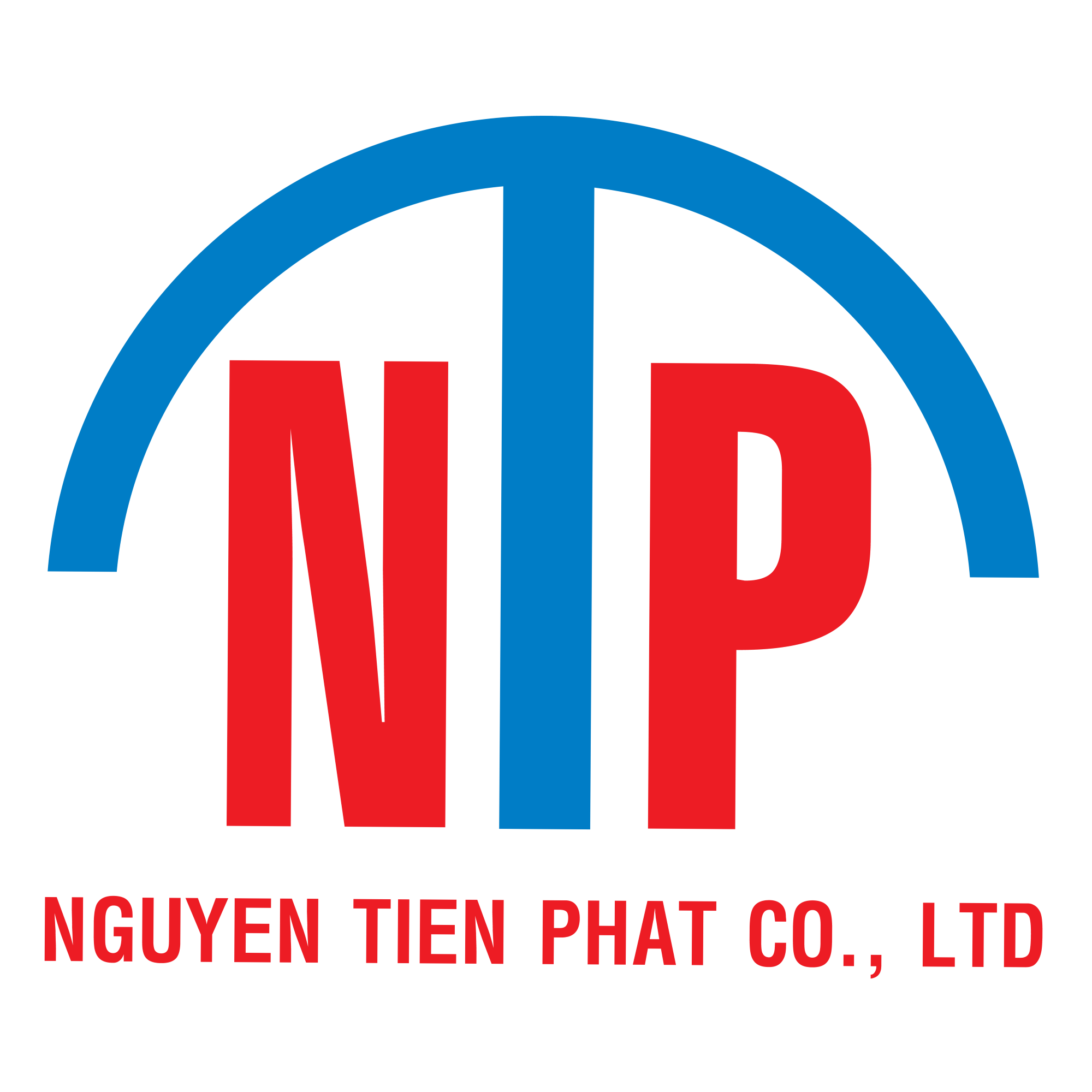
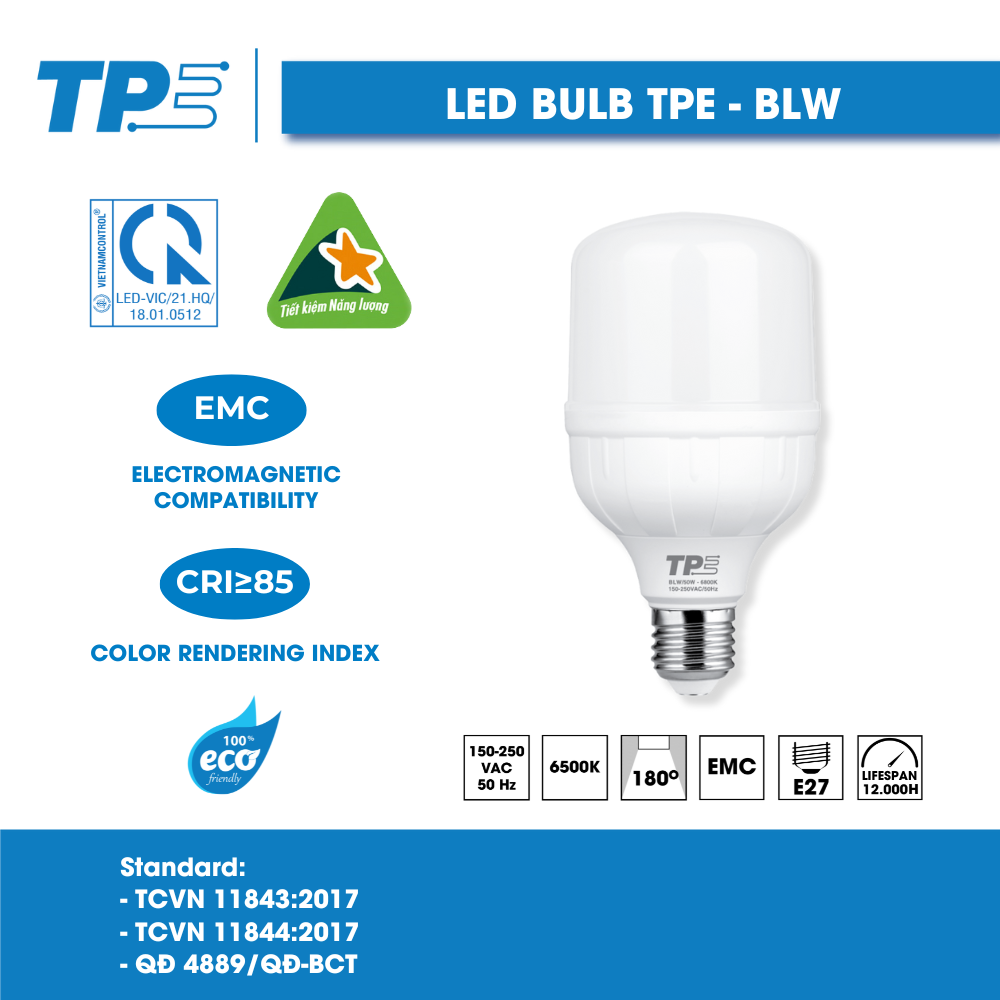
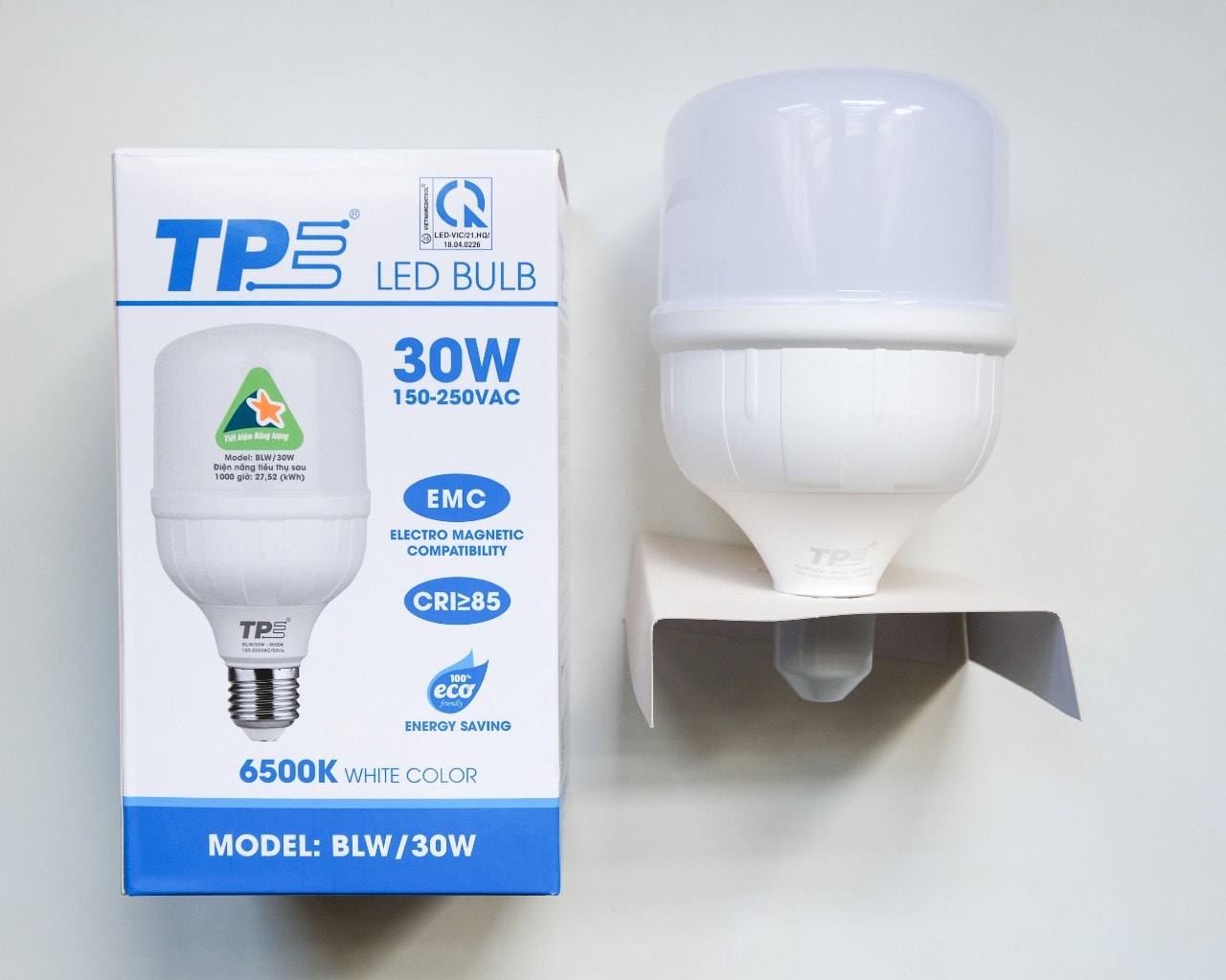
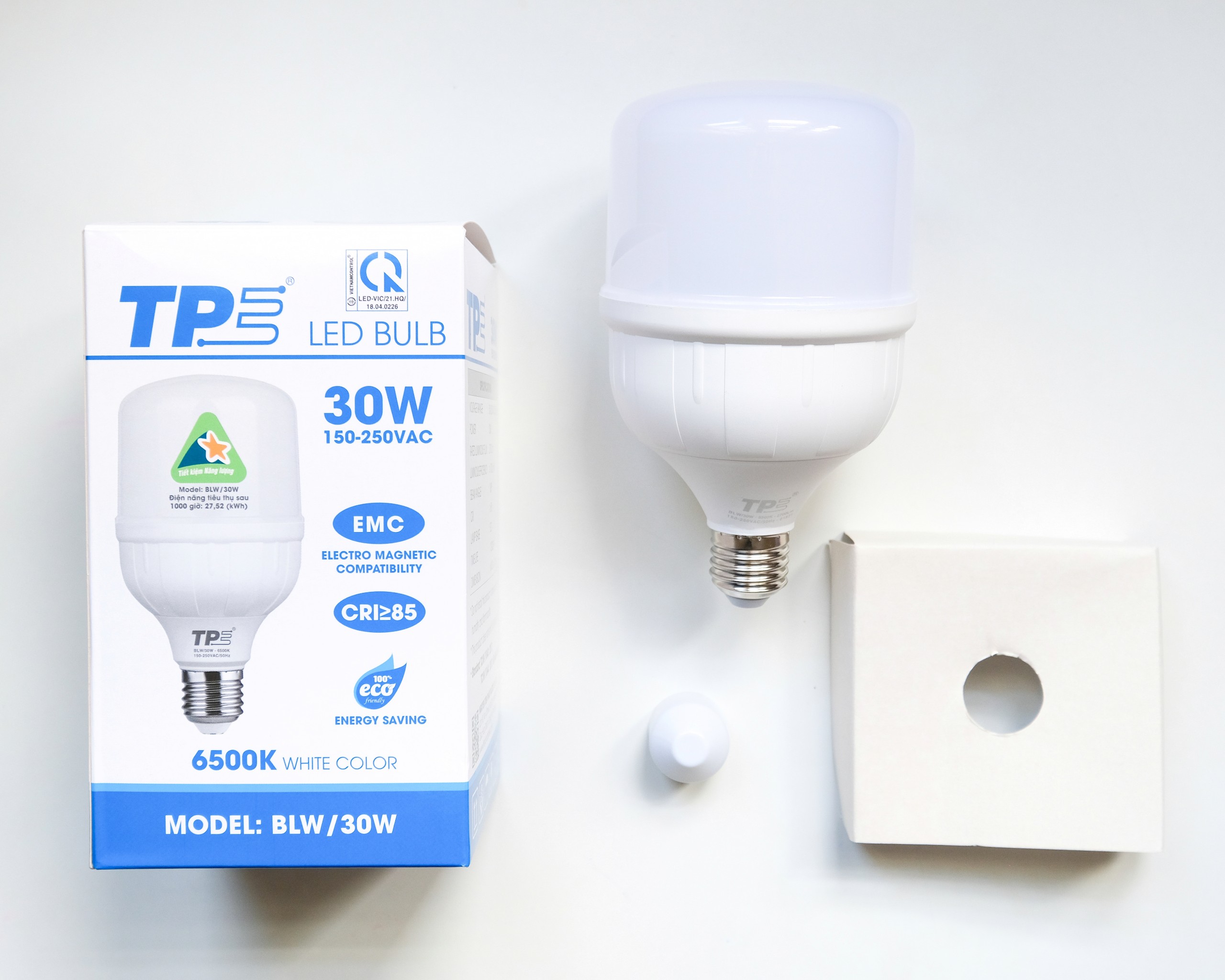
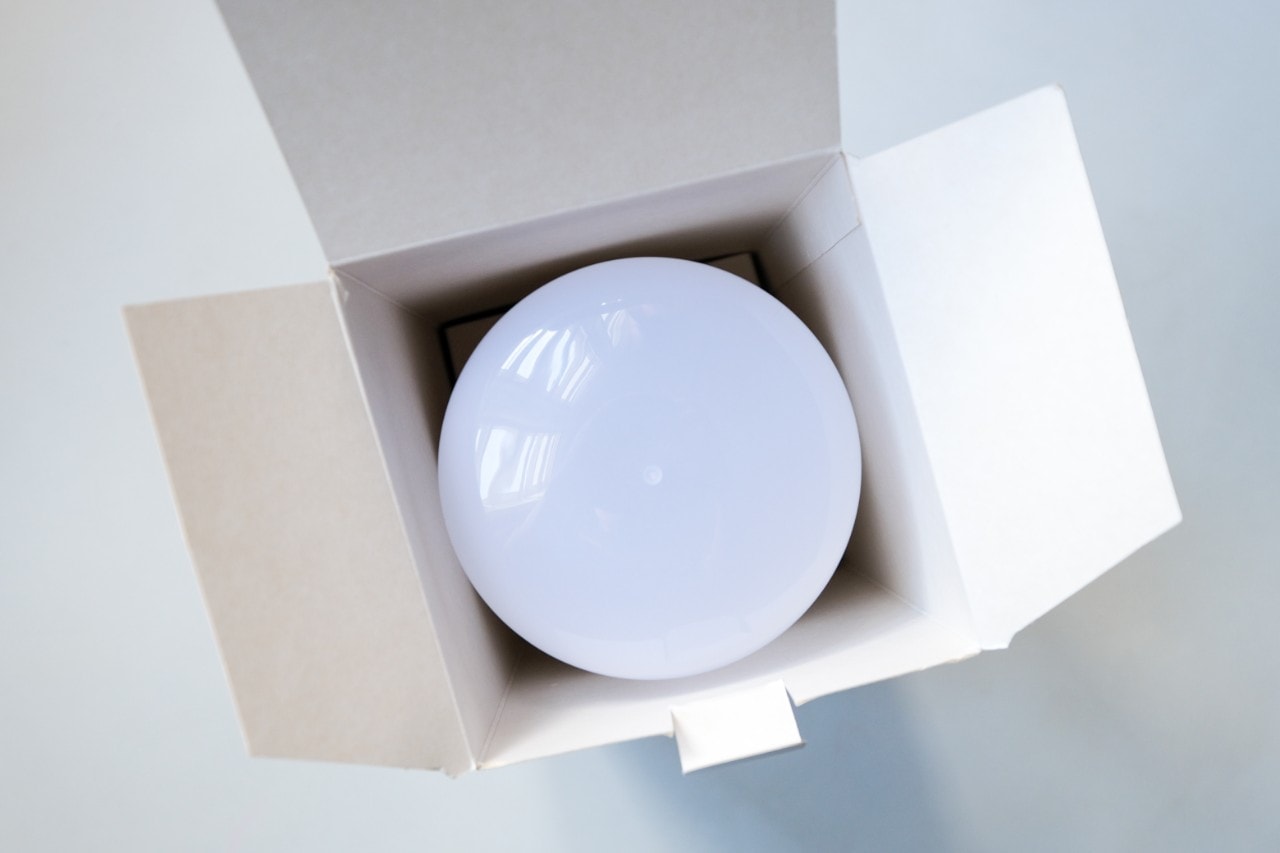
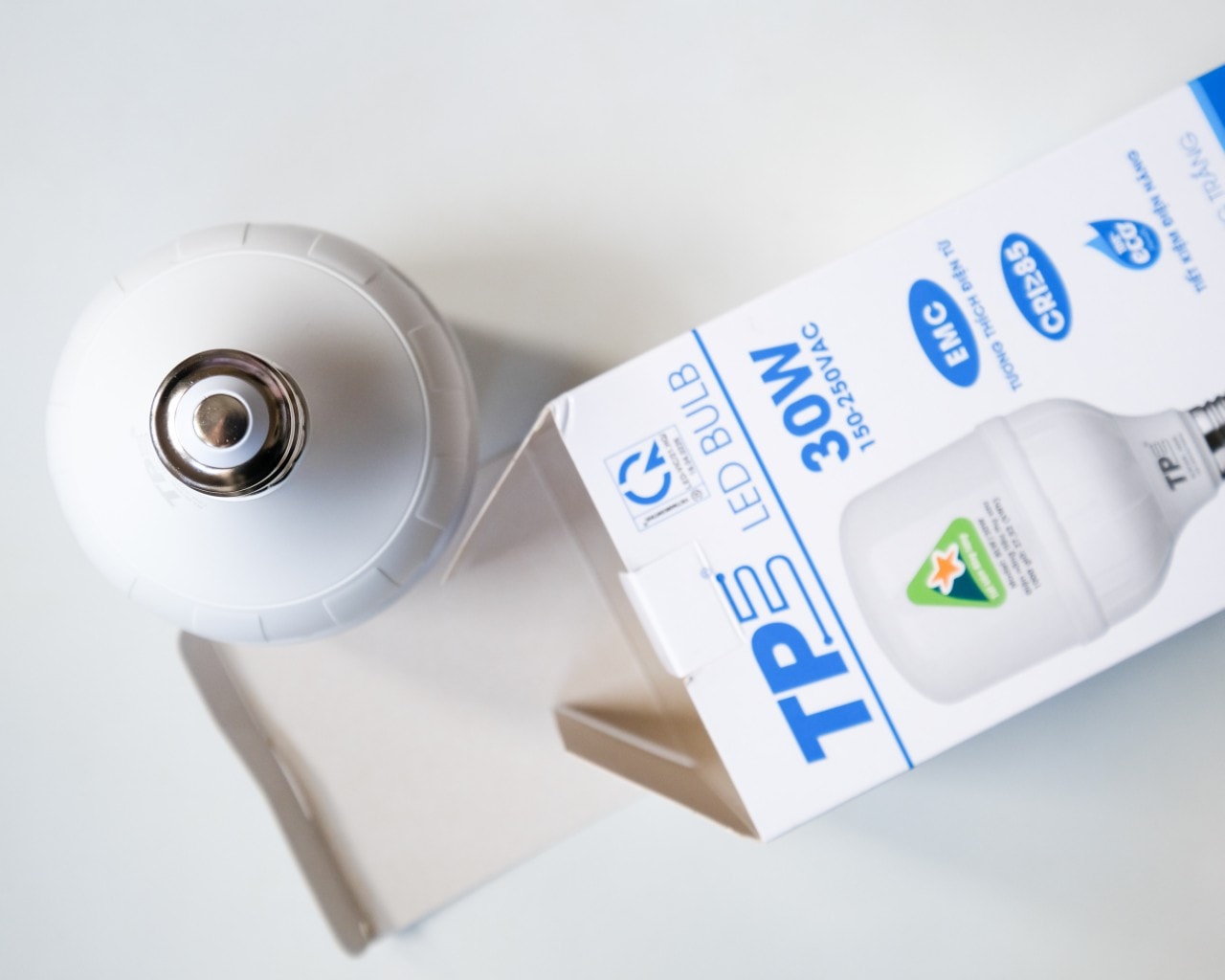
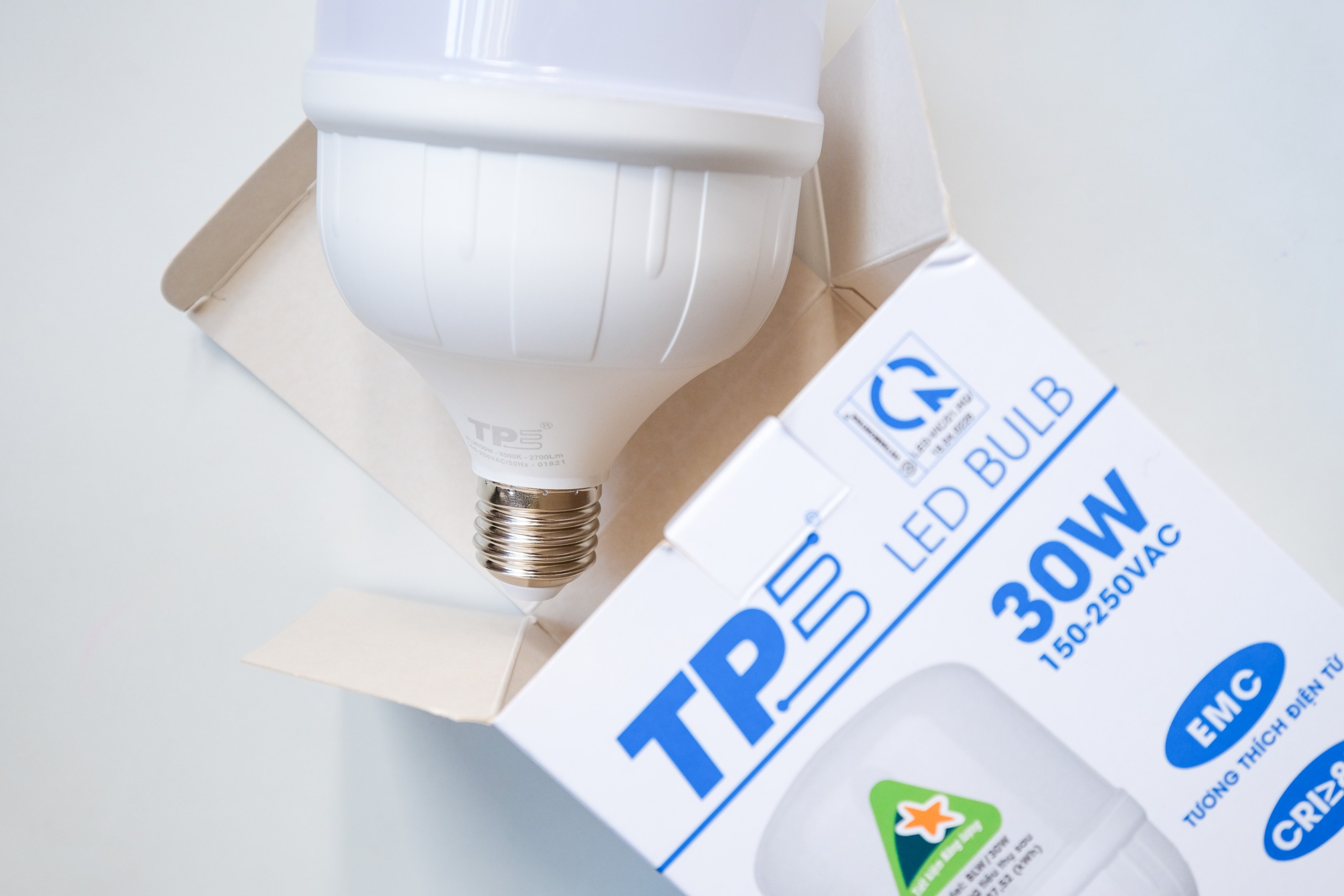

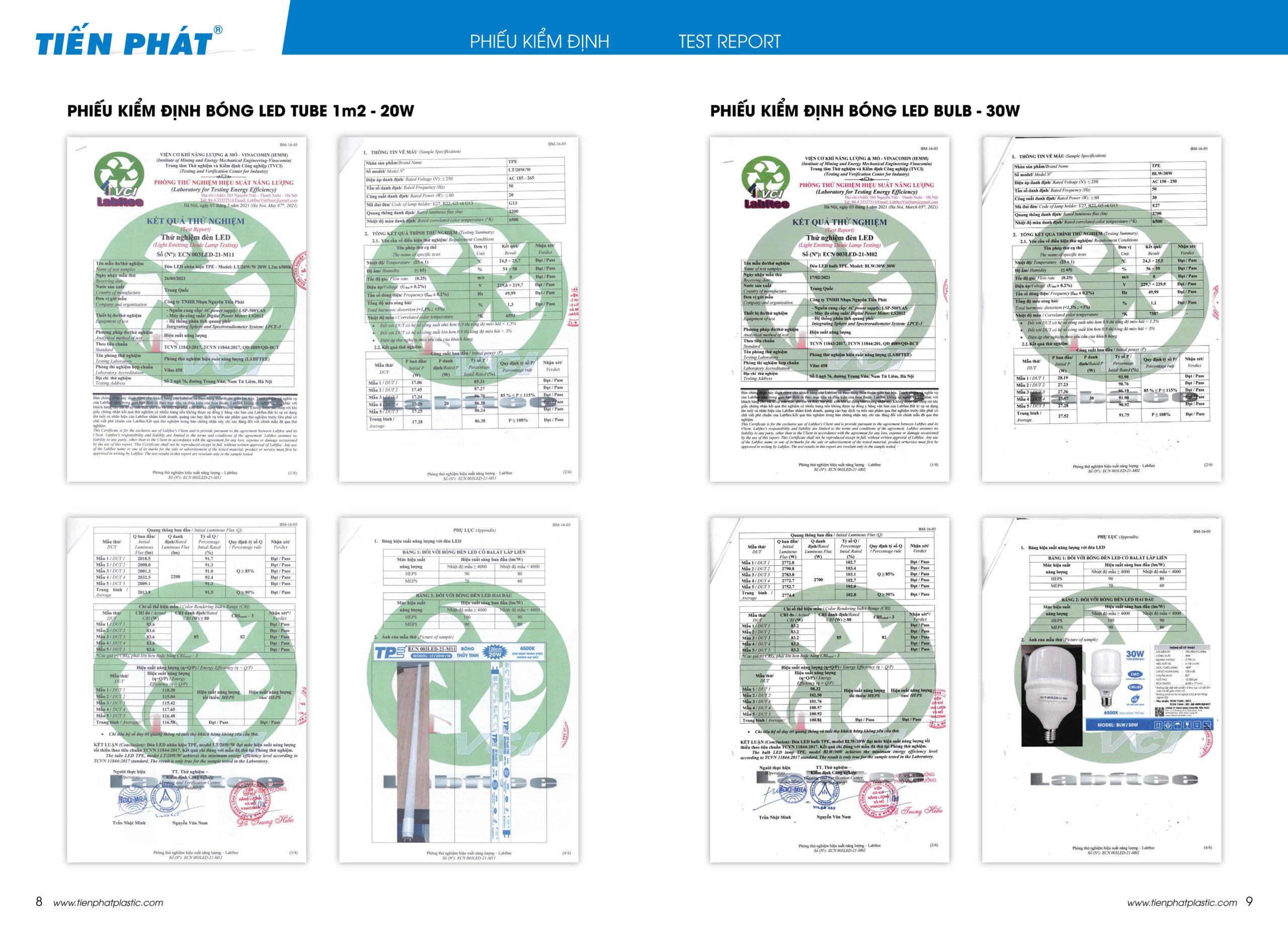
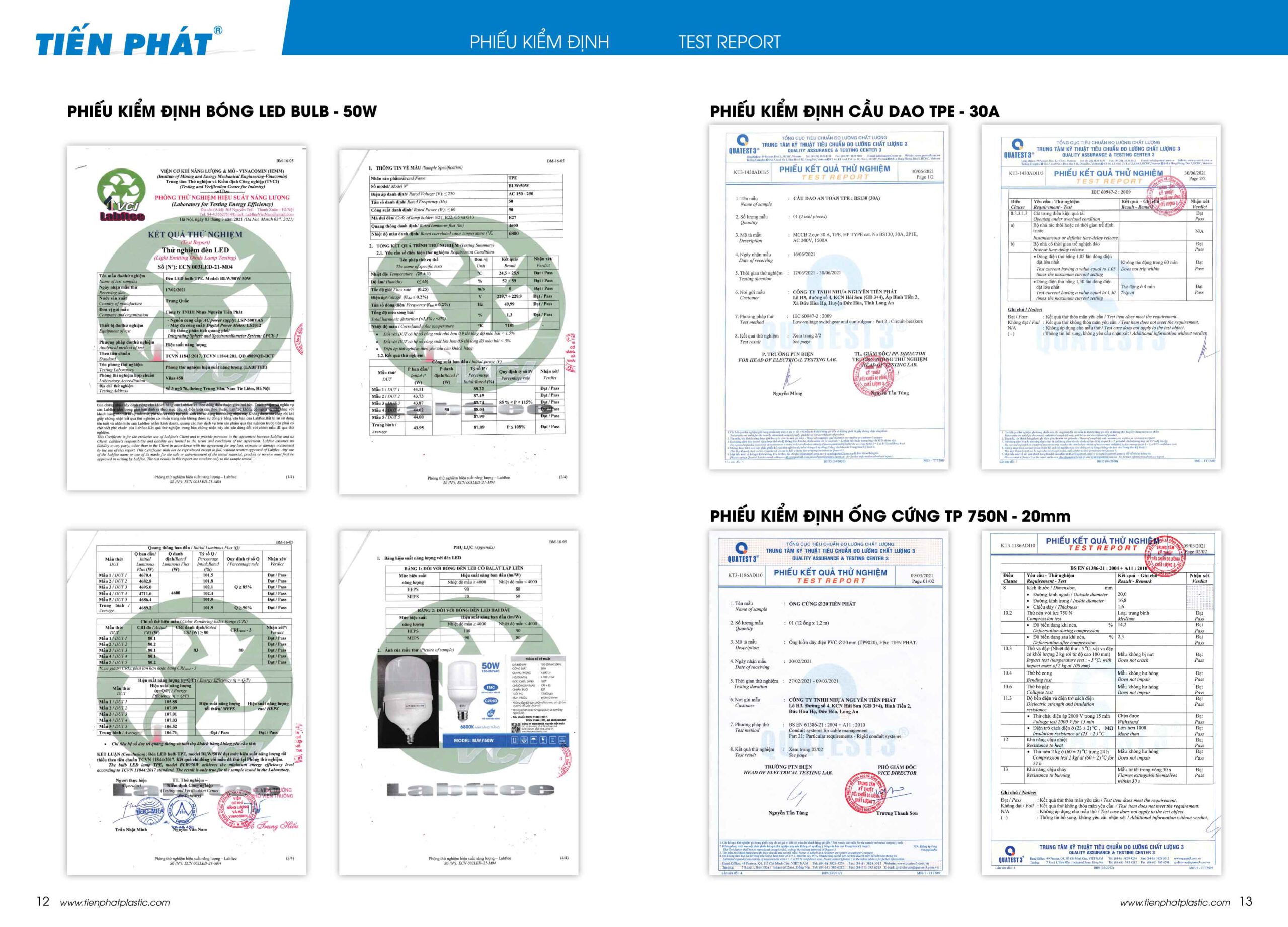
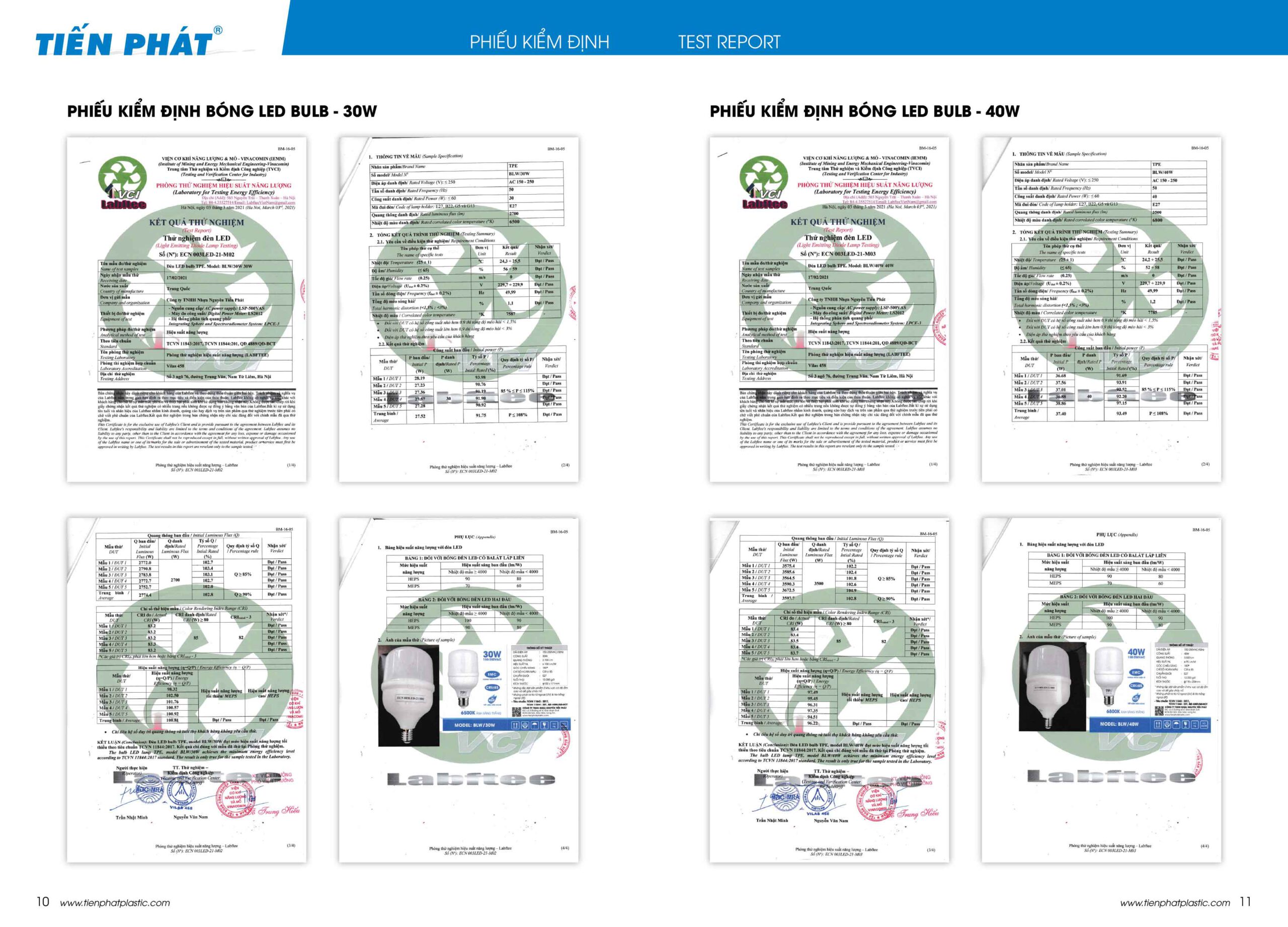
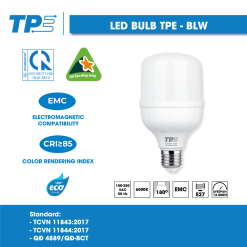
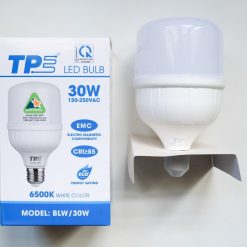
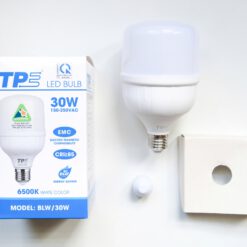
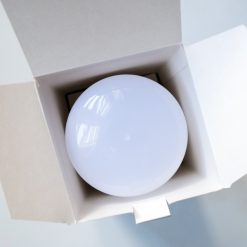
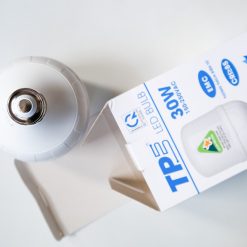
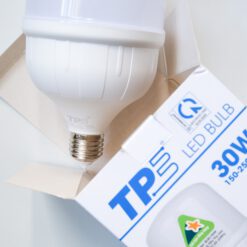
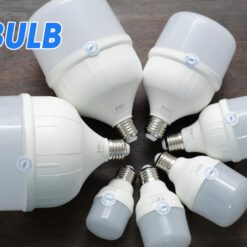
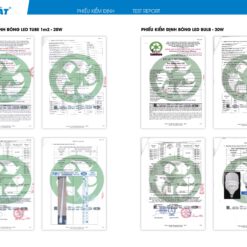


 Contact Zalo
Contact Zalo
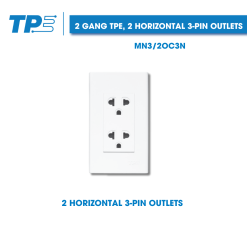
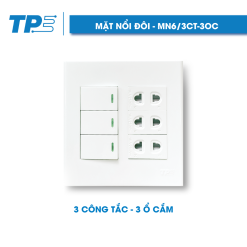
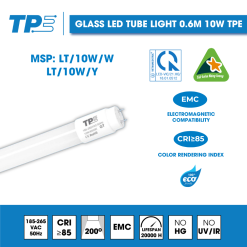
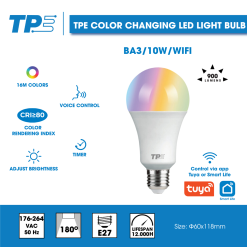
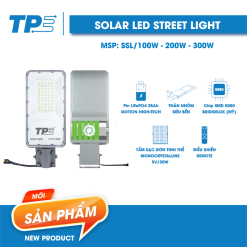
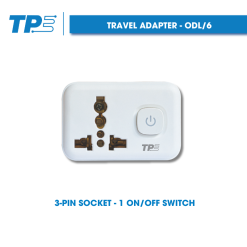
Reviews
There are no reviews yet.